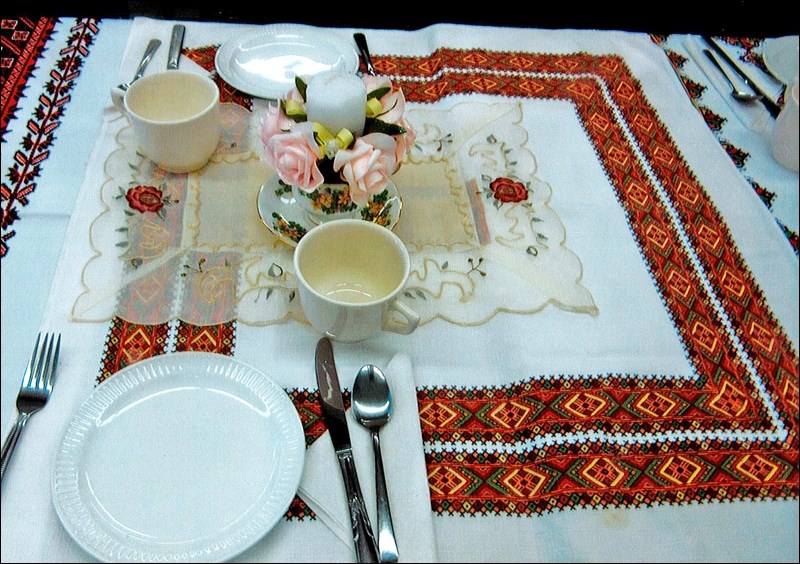Submitted
The Hafford-Speers group of churches held its World Day of Prayer annual service at the Hafford Gospel Fellowship Church March 2, at 2 p.m., uniting the community in praise, worship and prayer with Christians from more than 170 countries.
The program featured women from five churches: Linda Larsen, Lynne Hunchak, Roberta Pobran, Iris Novicki, Helen Dzurka, Valerie Kingsmill, Colleen Wicks, Bonnie Sendecki, Ruth Dunham, Elizabeth Busmutko and Marie Sobeski.
Greeter Helen Dzurka provided programs for reflective group participation. The World Day of Prayer is an international ecumenical Christian women’s initiative. It is run under the motto “Informed Prayer and Prayerful Action,” and is celebrated annually. This year the featured country is Slovenia and the theme for 2019 was an invitation:
Come. Everything is ready. Come to praise, thank, and proclaim the kingdom of love.
The invitation is grounded in the parable that Jesus told about a great dinner which was attended by the ones called off the streets, as the ones invited excused themselves. (Luke 14:14-24) The community formed around the table is not enough to fill the house – there is still room. Who are missing from the table in your community?
The afternoon was led by Bonnie Sendecki with Melodie Clark at the piano. Elizabeth Friesen led the group in meaningful hymns of praise and recognition of our Creator.
The program commenced with Irene Attrux giving an overview of the country of Slovenia and the meaning of the World Day of Prayer.
Slovenia is located in central Europe and is one of the smallest counties in the region. There are four major natural units, the Alps, the Pannonia Plains, the Dinarides and the Mediterranean area. The highest mountain is Triglav.
Slovenia has two million inhabitants and the official language is Slovene, with Hungarian and Italian being co-official languages.
After declaring its independence from Yugoslavia on June 27th, 1991, Slovenia adopted a flag with three equal horizontal stripes, white, blue and red with the Slovene Coat-of-Arms in the top left quadrant: the white for Mount Triglav, the blue lines for the Adriatic sea and local rivers, and the golden stars from the coat-of-arms of Counts of Celje, a Slovenian dynastic house from late 14th century. Since its independence in 1991, Slovenia has continued to be the wealthiest and most politically open country of the former Yugoslav republics. A map of Slovenia was posted on the wall for viewing.
Also displayed was a poster by artist Rezka Arnus’ depicting women dressed in national traditional costumes. The semicircular ornament with Slovenian folk embroidery represents a plate or a table with their best known national dish - potica - and grapes from various wine producing vineyards. As a souvenir of love, the table is decorated with a licitar heart made of honey of native Carniola bees and Slovenian carnation flowers. Partly under the table, one can see the children from the margins of the society. They heard the invitation to the feast. The red and white colours used reflect Slovenian folk embroidery. The green background color emphasizes the green Slovenia, fields and forests. The warm colors of children express the joy of heartfelt invitation.
We used red and white, the colours of Slovenian folk embroiderery to dress our tables. The fruit, honey and salt on the table visually reminded us of God’s abundant provisions.




